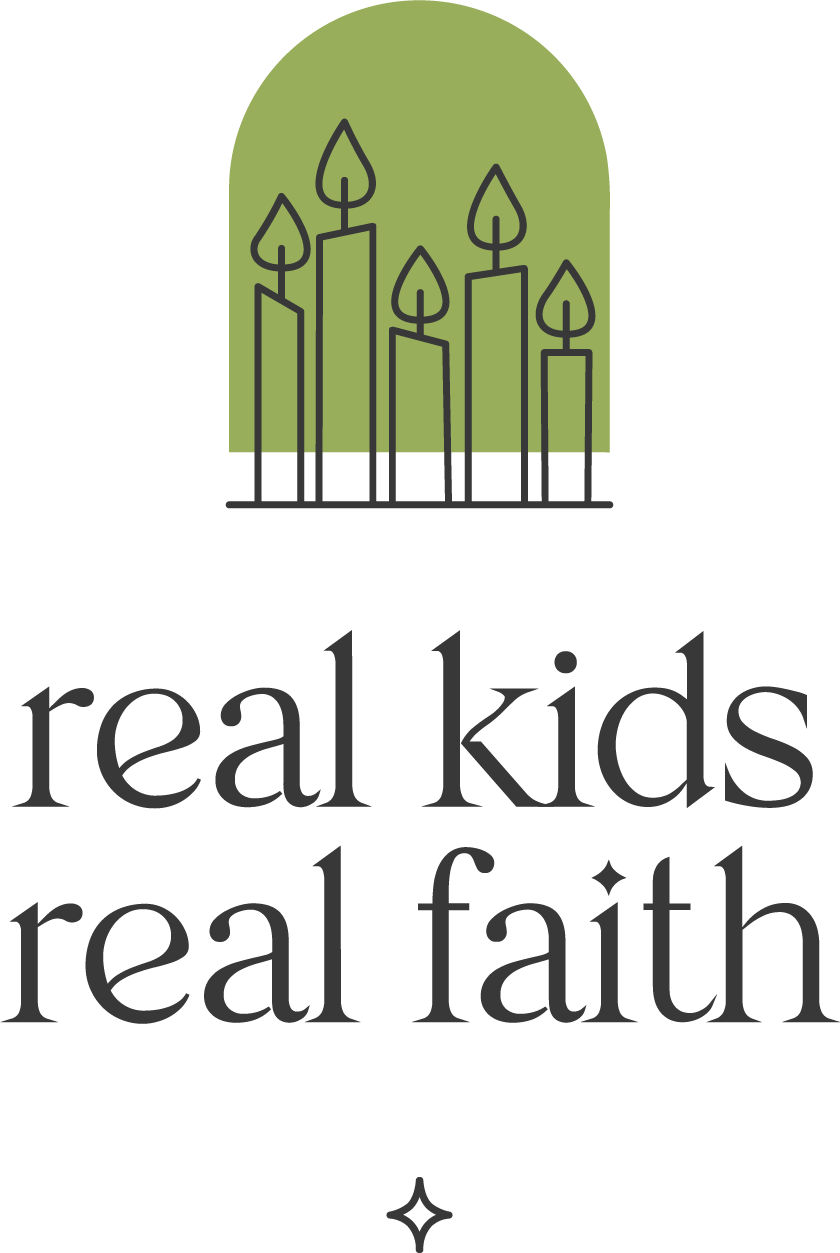As a child, my siblings and I would mark May Day by gathering dandelions and other wildflowers into green plastic strawberry baskets salvaged from the trash and dropping them on neighbors’ doorsteps with a handwritten greeting. We’d ring the doorbell and then run around the corner of the house to watch while our basket was discovered. Without fail, the recipient of our gift would ‘ooh’ and ‘aah’ loudly, knowing we were just out of sight. It was a wonderful spring ritual I passed on to my kids.
Traditionally, May Day celebrates the bright, beautiful colors of spring. Communities hold maypole dances with colorful ribbons, botanical gardens feature beds full of spring blooms, and creative souls weave flower garlands as headbands and home decor. Shawn Harris’s picture book Have You Ever Seen a Flower? pairs nicely with these colorful activities. A 2022 Caldecott Honor Book, the author uses neon colored pencils to create an amazing flower-based adventure for children ages 3+.
Read the book together and use one or more of the following activities to explore ways of connecting with flowers that you probably haven’t experienced previously.
Colorful identity. The first few pages of the book are mostly black and white. Only the child in the lower left corner and the car is brightly colored. Wonder with children about why the author depicts the child as colorful. Ask: What do you see as colorful about yourself? Invite them to draw a self-portrait depicting themselves in their favorite bright colors.
Seeing through smell. The author suggests that we can ‘see’ more about a flower when we smell it. Encourage children to close their eyes and smell lilies, lilacs, roses, honeysuckle or other aromatic flowers. (If you don’t have live flowers, spritz some lifelike artificial flowers with flowery perfume.) Ask: What does this smell remind you of? What do you see in your mind when you take a deep sniff? If you have more than one kind of flower, sniff them separately and ask: Do different flowers bring different ideas or memories to mind?
Imagining interaction. The child shouts ‘hello’ to the flower and listens for an echo, then imagines walking inside the flower. Invite children to close their eyes and picture themselves walking into the center of a flower with a deep blossom. Encourage them to look around and imagine what they might see inside the flower. Ask: What imaginary creatures might like to live here? What real creatures might visit this place?
Comparing features. The author suggests that the veins in a flower petal are like human veins, and a person’s belly is like a flower’s stem. Invite children to pretend that they are flowers. Suggest that they sway on their stem, sip water and imagine it trickling down to their roots, stretch themselves toward the sun, and bloom. Create a flower garden dance together, with each participant acting like whatever kind of flower they want to be. Find ways to move separately and together in your flower garden.

Comments